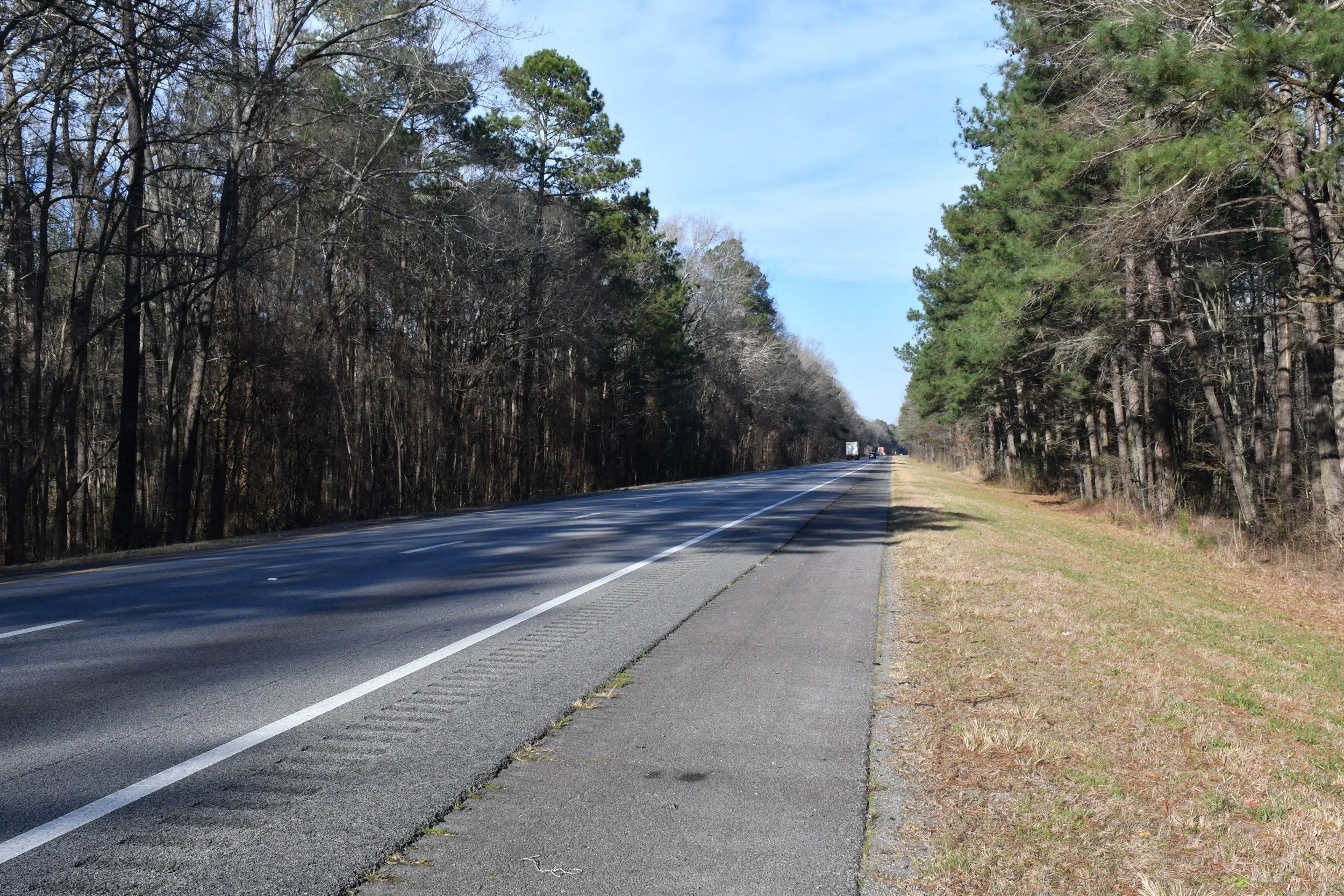
Frequently Asked Questions
-
I-95 is one of the oldest routes of the Interstate Highway System, connecting South Carolina motorists with 2,000 miles of Atlantic Coast travel destinations and bringing the commercial and visitor traffic essential to South Carolina’s economy.
In South Carolina, I-95 runs from Georgia over the Savannah River, through South Carolina’s Lowcountry, Santee Cooper lakes, and Pee Dee regions.
Through a combination of widening, resurfacing, interchange improvements, and the replacement or rehabilitation of aging bridges, SCDOT is working to make I-95 smoother, safer and more reliable for commercial vehicles and motorists alike.
-
South Carolina’s economy is booming, and our interstate highways are essential to its continued growth and success. Our interstate highways serve major cities and commercial hubs while also promoting the efficient transfer of both goods and people.
South Carolina’s interstate highways must continue to meet the needs of our state’s growing population. South Carolina’s population is expected to grow by more than 15.1 percent (815,000 people) between 2023 and 2035.
With the completion of the Port of Charleston deepening project in 2022, South Carolina has the deepest port on the east coast. The economic impact of port operations continues to grow, and South Carolina’s interstate highways are essential for the movement of goods and services to and from port facilities, including Inland Port Dillon located near I-95.
As outlined in Momentum 2050, the statewide multimodal transportation plan, SCDOT is systematically investing in a resilient, world-class interstate system to support the movement of freight and people across South Carolina to keep South Carolina’s economy growing.
-
For large-scale road work, such as the various projects along I-95, the South Carolina Department of Transportation follows a standard development process. This process begins with early efforts to identify the purpose and need of a project, followed by the collection of data used to understand that need, the potential impacts and benefits of the project.
As the project understanding increases, various conceptual alternatives, or improvement options, are developed and presented to the public for their input. Based on the public feedback received, and further analysis of the data, a preferred alternative is identified. This preferred alternative is again presented to the public and further refined by public input and data analysis.
The final analysis includes the identification of strategies and mitigation efforts to minimize the project’s potential impact to the community and natural environment. This is accomplished through the National Environmental Protection Act (NEPA) review process. Once the NEPA documentation and necessary permits are obtained, the project enters the final steps prior to the beginning of construction. These include the identification, negotiation and purchasing of necessary right of way. If the project is to be delivered as a Design Build project, a method in which a single contract is awarded for design and construction services, construction may begin and overlap the right-of-way phase. On traditional Design Bid Build projects, SCDOT is responsible for design and construction plans and a single contract is awarded to provide construction services. Construction will not begin until right of way and final design is complete.
-
In 2017, the South Carolina General Assembly passed legislation to increase the state gas tax by 12 cents, phasing in an increase of 2 cents per year for six years. These funds are deposited into a trust fund called the Infrastructure Maintenance Trust Fund (IMTF). So far, SCDOT has allocated more than $3.9 billion in gas tax trust funds toward road and bridge improvement projects across South Carolina.
Additionally, the General Assembly has provided other one-time state appropriations, and federal funding has increased by more than 30 percent as a result of the October 2021 Infrastructure Investment and Jobs Act (IIJA).
These increases in state and federal funding have made it possible for SCDOT to make continual progress toward the goals and targets set for improving our state’s road and bridge network. As of January 2024, more than $5 billion of work is underway to build and improve the state’s roads and bridges.
-
States own and operate the interstate highways.
The Federal-Aid Highway Act of 1956 established a construction program, including a funding mechanism, for the Interstate Highway System. A 90 percent Federal – 10 percent State matching share model established then to fund the original Interstate Construction Program is still in place today.
States receive authorization from the Federal Highway Administration (FHWA) to build or improve interstate highways. After FHWA authorizes a State to proceed with a project, the State pays the bills for eligible activities, and then submits bills to the FHWA, which reimburses the State for the Federal share. The FHWA makes a commitment (or "obligation") to reimburse the Federal share, but interstate development takes several years. As a result, the FHWA obligation results in reimbursements to the State for the Federal share over several years.
-
SCDOT has established an aggressive interstate modernization program that will improve mobility and capacity by widening more than 100 centerline miles of interstate, targeting bottlenecks in urban areas and key rural sections. Interstate improvement strategies include addressing major bottlenecks on interstates in urban and rural areas for economic development and evacuation purposes, relieving freight pinch points at interstate-to-interstate interchanges, and improving major corridors along I-26 and I-95 by widening the roadways to increase capacity and modernizing interchanges along those corridors.
-
You can check traffic conditions for all interstate highways in South Carolina anytime at www.511sc.org.
-
SCDOT encourages public involvement in the project development process. Check out our public involvement webpage to learn about projects open for comments or upcoming meetings in your area.
Please also contact us with any questions or concerns about a proposed project in your area by calling 855-Go-SCDOT, or 855-467-2368 (toll free) or 803-737-1200.
